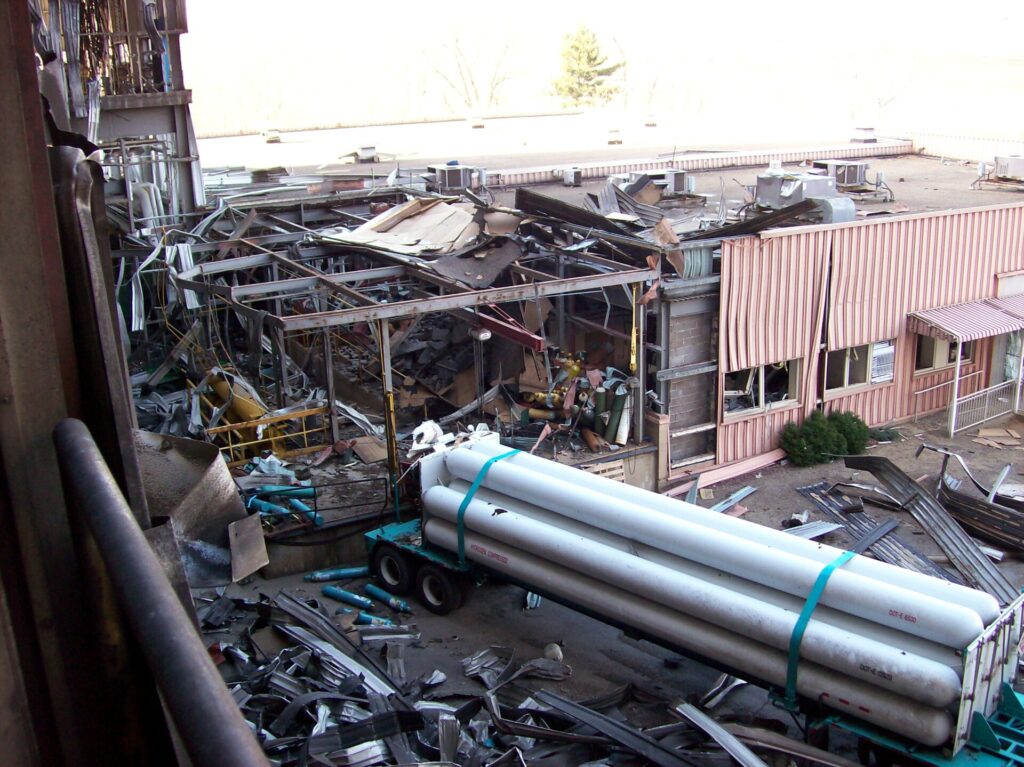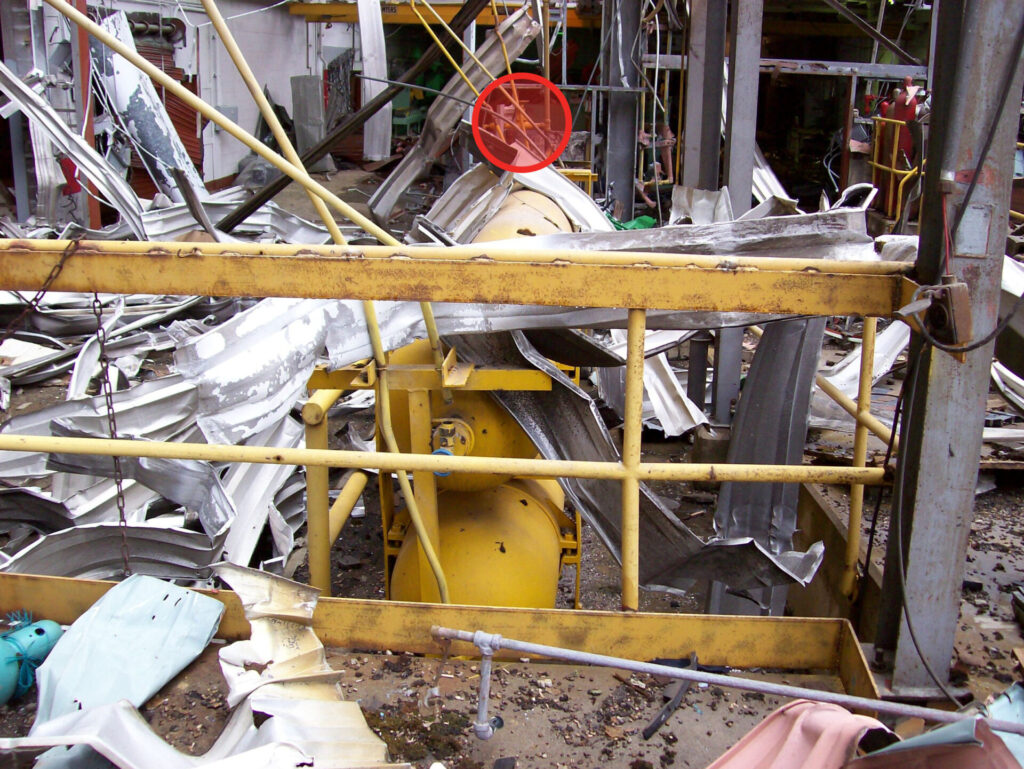Environment & Energy
Showing Original Post only (View all)Case Study: Power Plant Hydrogen Explosion [View all]
Hydrogen is not a primary energy source. It is overwhelmingly made from dangerous fossil fuels, with an energy penalty, but is often marketed as if it were an energy source to greenwash these same dangerous fossil fuels. Generally the fossil fuel ads are accompanied by slick graphics, often accompanied with misleading pictures of large tracts of abused land featuring so called "renewable energy" industrial parks, even though the amount of hydrogen generated from so called "renewable energy" is trivial.
A Giant Climate Lie: When they're selling hydrogen, what they're really selling is fossil fuels.
The 2024 EIA World Energy Outlook indicates that in 2023, hydrogen combustion resulted in the release of 1 Exajoule of stored energy but was synthesized at a cost of 1 Exajoules of energy. (That the numbers are equal is the result of rounding; it takes more energy to make hydrogen than the energy value in it.) World energy demand in 2023 was 642 Exajoules.
(cf. World Energy Outlook 2024
Table A.1a: World energy supply Page 296.)
Hydrogen is an extremely dangerous material to use because of its poor physical properties, even for highly trained chemical engineers, because of its low viscosity, its incompatibility with metals, its aberrant Joule Thompson coefficient, its low explosive limits and its possession of the third lowest critical temperature of any known gas, the two gases with lower critical temperatures are both isotopes of inert helium, 4He, 3He, the latter formed by beta decay of tritium.
Here's a different kind of graphics, relating to a 2007 explosion of hydrogen at a power plant.

The caption:

The text and additional pictures related to this event are here: Case Study: Power Plant Hydrogen Explosion
We are now roughly half a century into hydrogen hype. In 2007 we were only about 30 years into the outbreak of hydrogen hype. Not much has changed in the last 20 years, much as not much changed in the previous 30 years. Hydrogen is not a source of primary energy, nor will it ever be.
Note: The hydrogen in this case was not intended as a fuel. Despite endless horseshit released to the contrary, the overwhelming use of hydrogen is not for fuel, since it is wasteful to do so, but rather for captive use, generally in the synthesis of ammonia, on which the world food supply depends, methanol, a solvent which is capable of being used as a fuel but seldom is (windshield wiper fluid contains methanol), and petroleum refining.
The hydrogen was being used to cool equipment at the power plant.
From the text of the Case Study:
Today, this tragic incident serves as a reminder of the unique hazards of hydrogen. The investigation uncovered valuable lessons learned, including best practices related to maintenance, system design, venting, and ventilation.
The following case study is based on a presentation given by Senior Mechanical and Forensic Engineer Daniele Murphy, Ph.D., at the Center for Hydrogen Safety (CHS) 2021 Asia-Pacific Conference. Barry Newton, Ph.D., served as the primary investigator on the original case.
Around 9 a.m. on January 8, 2007, personnel maneuvered a large tube trailer into position at the power plant. The trailer held ten cylinders filled with hydrogen at 2500 psi (17.2 MPa) which would be transfilled to two onsite storage vessels. These tanks could hold up to 15,000 cubic feet stored at 2000 psi, equating to approximately 35 kg of hydrogen.
The delivery was a routine part of daily operations at the plant, where the hydrogen would be used to cool its generators. Unfortunately, what happened that day was anything but routine. After a rupture disk failed, hydrogen lost containment in the vent piping and rapidly leaked into the air under an overhead awning. Soon after, the combustible mixture in the awning ignited.
The explosion resulted in the death of the delivery truck driver, who was killed as he ran back to his vehicle to turn off the hydrogen. Ten nearby plant personnel were also injured in the event, and the energetic explosion tore apart multiple structures at the plant...
The death toll from this hydrogen explosion, one death, is higher than the death toll related to radiation released as the Fukushima reactors since they were destroyed, along with a coastal city, by events related to a major Earthquake.
Details of the causes of this engineering failure connected with the explosion of just 35 kg of hydrogen are provided at the link for the case study.
Have a nice day tomorrow.